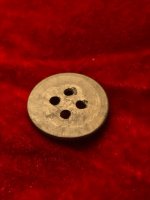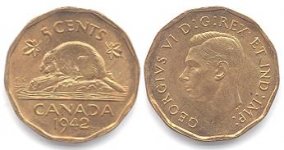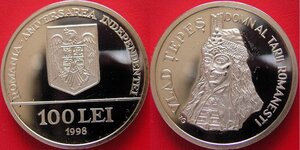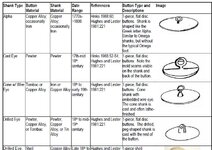Older The Better
Silver Member
- Apr 24, 2017
- 3,389
- 6,679
- Detector(s) used
- Whites Eagle Spectrum
- Primary Interest:
- All Treasure Hunting
I went back to the spot I found what I think is trade silver, I found this button I suspect it’s modern but worth an ask because the area produces trade era items




It rang up in the 40’s on my Garrett, it’s not light enough to be aluminum. Came out of the ground clean like that
I found it near some copper scraps that I find with trade goods, and a fired round ball so I have to wonder if just maybe it’s old.


On the flip side I found a few other more modern things... I think

An iron ring that could be from any time

A strange washer looking thing that has silver color but rang up a solid 75 just like it was a penny

And an aluminum can
... that’s all that came up today with 0 discrimination so there is very little in the area trash or non.
So is my button modern or old?




It rang up in the 40’s on my Garrett, it’s not light enough to be aluminum. Came out of the ground clean like that
I found it near some copper scraps that I find with trade goods, and a fired round ball so I have to wonder if just maybe it’s old.


On the flip side I found a few other more modern things... I think

An iron ring that could be from any time

A strange washer looking thing that has silver color but rang up a solid 75 just like it was a penny

And an aluminum can
... that’s all that came up today with 0 discrimination so there is very little in the area trash or non.
So is my button modern or old?













